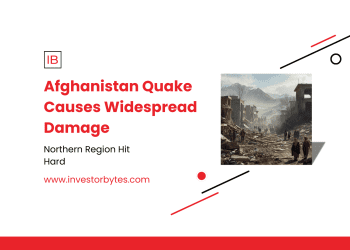Peering into Earth’s climatic vault, a groundbreaking November 2025 Nature Geoscience study reveals how Southern Westerly Winds—fierce mid-latitude gales encircling Antarctica—underwent cataclysmic shifts 15,000 years ago, igniting explosive peatland growth across the Southern Hemisphere and reshaping global carbon dynamics. Led by University of Southampton’s Dr. Zoë Thomas, the analysis of 22 peat cores from Patagonia to Tasmania shows these winds lurched northward during deglaciation, drenching mid-latitudes in rain and fostering bogs that locked away 200 gigatons of CO2—equivalent to a decade of modern emissions.
Radiocarbon-dated layers pinpoint the surge: around 14,800 BCE, intensified upwelling from wind-driven ocean mixing released phosphorus and iron, boosting primary productivity. Peat accumulation rates quadrupled to 1 mm/year, expanding wetlands by 50% in South America and southern Africa. This “wind-whipped verdancy” coincided with atmospheric CO2 spikes from 190 to 240 ppm, as enhanced Southern Ocean ventilation outgassed deep-sea carbon. Coral proxies from the Caribbean corroborate: nitrogen isotopes indicate doubled N2 fixation, fueling algal booms that mirrored today’s Sargassum belts.
The 15,000-year westerly winds shift 2025 implications are starkly modern. Today’s anthropogenically strengthened winds—displaced 2° southward since 1980 per BAS ice cores—threaten reversal. Models predict intensified gales could erode peat stores, releasing 50 Gt CO2 by 2100, amplifying warming by 0.3°C. British Antarctic Survey’s March reconstruction of 11,000-year wind tracks warns of ACC slowdown, curbing ocean carbon uptake by 20%. In Patagonia, shrinking bogs already emit 1.5 Mt methane yearly, per satellite data.
This paleoclimate detective work, blending geochemistry and modeling, debunks static wind myths. Early Holocene warmth saw poleward migration, but last glacial maxima pinned winds equatorward, per Cape Horn sediments. For climate adaptation, it spotlights vulnerabilities: New Zealand droughts up 30% from wind shifts, while Antarctic ice shelves thin 15% faster. Stakeholders from IPCC modelers to conservationists now integrate “westerly teleconnections” into forecasts, urging reforestation in wind corridors.
As 2025’s record heat underscores urgency, these ancient winds whisper warnings: unchecked shifts could destabilize carbon sinks, hastening tipping points. Yet, they offer hope—targeted emissions cuts might stabilize belts, preserving peat’s ancient guardianship. In unraveling 15K-year secrets, science equips us to steer tomorrow’s tempests.








